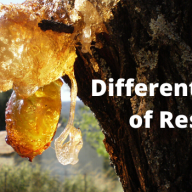What Are The Best Paint Raw Materials
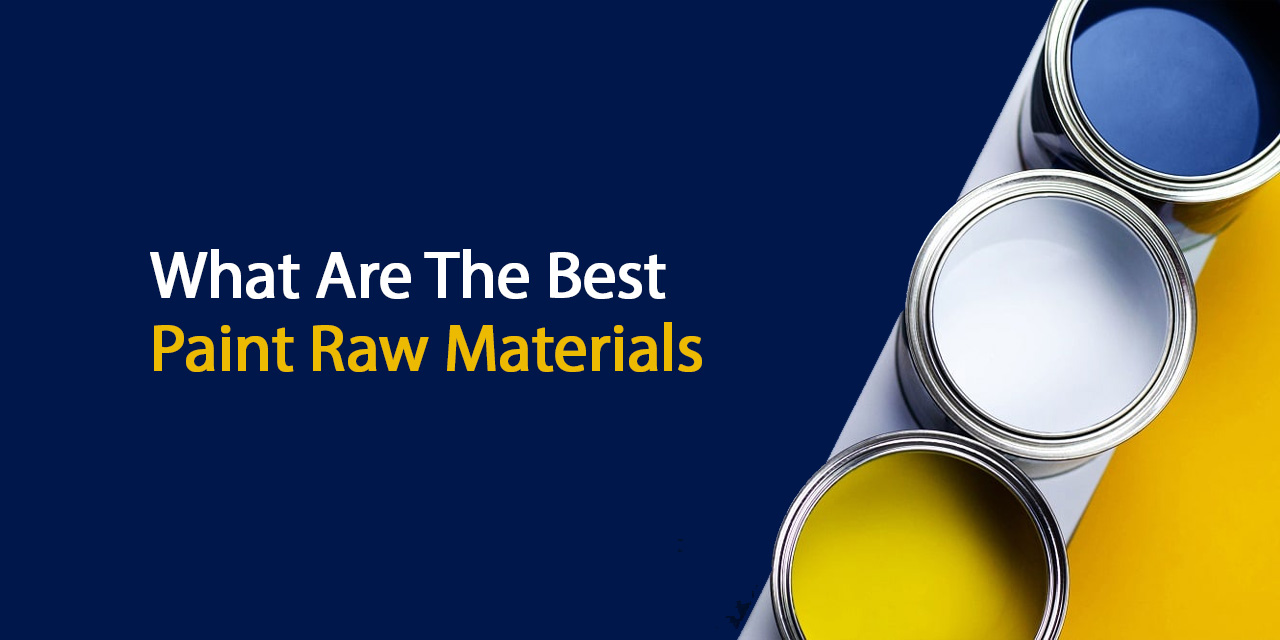
Manufacturing paints involves adding many constituents or raw materials that give them specific properties to be useful in serving a variety of applications. Since paints cater to the preservation of the buildings, vehicles, furniture, or surfaces you apply them to, only the best paint raw materials can help surfaces to remain protected against deterioration.
Paint manufacturers rely on the best Paint Raw Material Suppliers In Delhi that distribute raw materials to augment the paint manufacturing processes. This blog throws light on the best paint raw materials that can help manufacturers to produce paints for a multitude of applications.
Paint Raw material types- A glance
Paints and industrial coatings contain various chemical raw materials that altogether form a finished product. It could be generally as follows: binders/resins, additives, pigments, water or solvents, and specific minerals.
We understand paints as protective and decorative coating products that apply to hard surfaces as a liquid. It incorporates a pigment suspended in a binder.
The other usual paint raw materials include epoxy ester, epoxy hardener, alkyd resin, acrylic resins, polyamide resin, reactive polyamide, acrylic polyol, Iron Oxide, and fatty acids.
Paint pigments are broadly classified into organic and inorganic pigments. Out of these, organic color pigments or natural pigments are carbon compounds that deal with a wide range of colors for commercial products.
Also, epoxy ester portrays paints as synthetic chemical material. It acts as a corrosion inhibitor for metallic surfaces. The epoxy hardeners leave a hard, solvent-resistant finish that finds application on countertops, floors, and decks.
On the contrary, several solvents act as paint thinner; you may either apply the thin oil-based paints or use to clean them once used. The liquid thinner you add to the paints can help to improve the fluidity, smoothness, and penetration of the porous surface while painting.
Nevertheless, a complex oil-based polyester called alkyd resin behaves as a film-forming agent for some paints. Additionally, for paints, there is polyamide resin that primarily acts as a curing agent considering the epoxy resin.
The alkyd resin and fatty acid together contribute to the benefit of applications in paints. Among them, the alkyd resin offers modification of the actual name realizing that they derive from organic acids and alcohol. Rather, when you include fatty acids, it contributes to a tendency to develop flexible coatings.
Suppose you wish to buy paint raw material under your budget. In that case, you can get in touch with the Paint Raw material suppliers in Delhi, who can supply the products at a feasible price without much compromise in the quality.
Also Read: Castor Oil Price In India: All you Need To Know
Major constituents of paint raw material
Paint is a composite that comprises the finely divided pigment dipped in the liquid with resin/binder and a volatile solvent. The pigments are usually Zinc Oxide, Titanium Oxide, etc, while the solvents are usually Mineral Turpentine.
Paints and coatings consist of both solid and liquid constituents, which are further classified into volatile and non-volatile. While volatile elements evaporate with exposure to the atmosphere, the non-volatile elements remain to be part of the film coating.
A non-volatile vehicle is derived from non-volatile matter and consists of both solid and liquid coating portions. The non-volatile vehicle begins as a liquid, which is then cured to give adhesion to the substrate and finally binds the pigments. It contributes to the properties of paints like gloss, flexibility, and durability.
The non-volatile part includes the following
- Solvent-based paints, ie. oils or resins with driers and additives;
- Lacquers, that comprise resins, cellulose, plasticizers, and additives;
- Water-based paints, ie. polyvinyl acetate, styrene-butadiene, emulsions, polymers, copolymers, and additives.
The volatile part includes the following:
- Esters, Ketones, aromatics, alcohol, and aliphatics.
Here is a detailed overview of the major constituents of the raw materials used in paints.
- Pigments
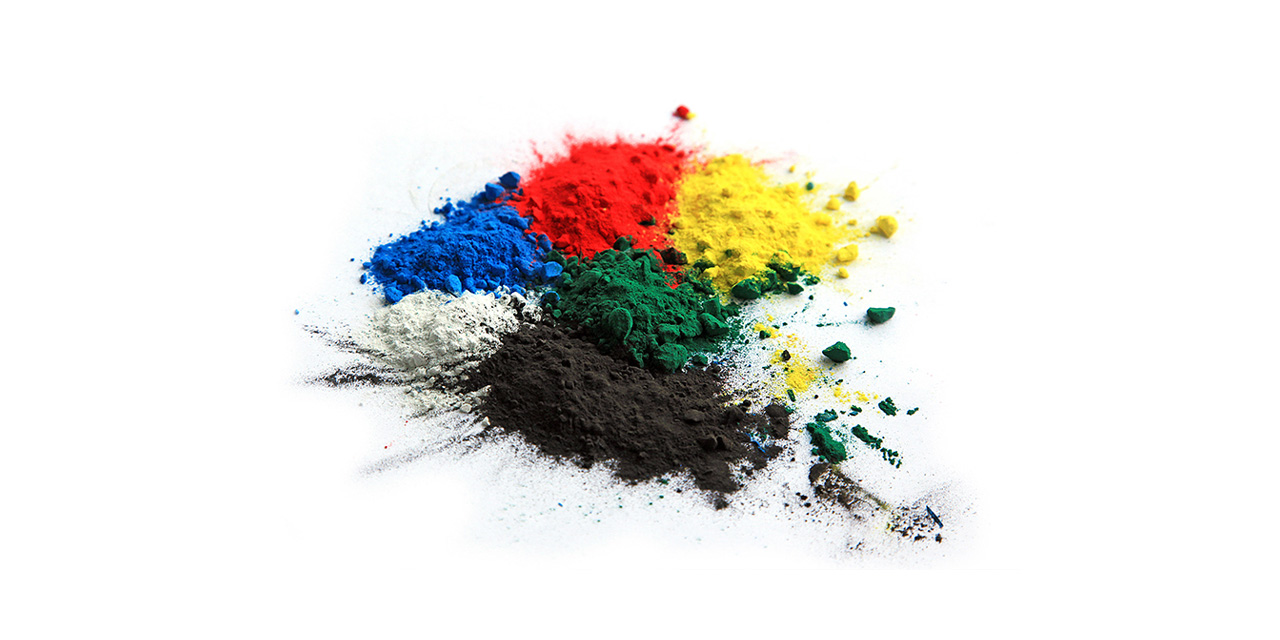
The major constituent of paint is the pigment. Generally, the pigments should stay opaque to make sure they have great covering power and behave chemically inert to maintain stability and long-lasting life.
Pigments must be non-toxic or should be of low toxicity to the inhabitants and the painter. Also, the film-forming constituents should be used to wet the pigments. Various pigments behold different covering power for every unit weight.
Inorganic substances like Chrome pigment, Titanium Oxide (TiO2), Earth pigments, Zinc pigments, and lead pigments contribute greatly to the paints. Here it also uses an insoluble organic dye called toner that precipitates on the inorganic carrier, for instance, Aluminum Hydroxide, clay, or Barium Sulfate.
The role of pigments is to impart a colored surface, good for aesthetic appeal. You can see that the solid particles within paint easily reflect light rays, to extend the life of paints, and safeguard the metals against corrosion.
- Binders or vehicles
Binders are oils or resins and function to bind the pigment and the substrate. The binders are usually resins, oils, and plasticizers that offer protective features. Being one of the crucial components of paint, the base, ie. the solid powdered substance is added to it. This substance holds the components like color pigment, extender, etc. to the surface you paint. It offers toughness, water-proof features, and durability to the paints. It supports the paint ingredients to spread uniformly on the paint surface.
- Solvents
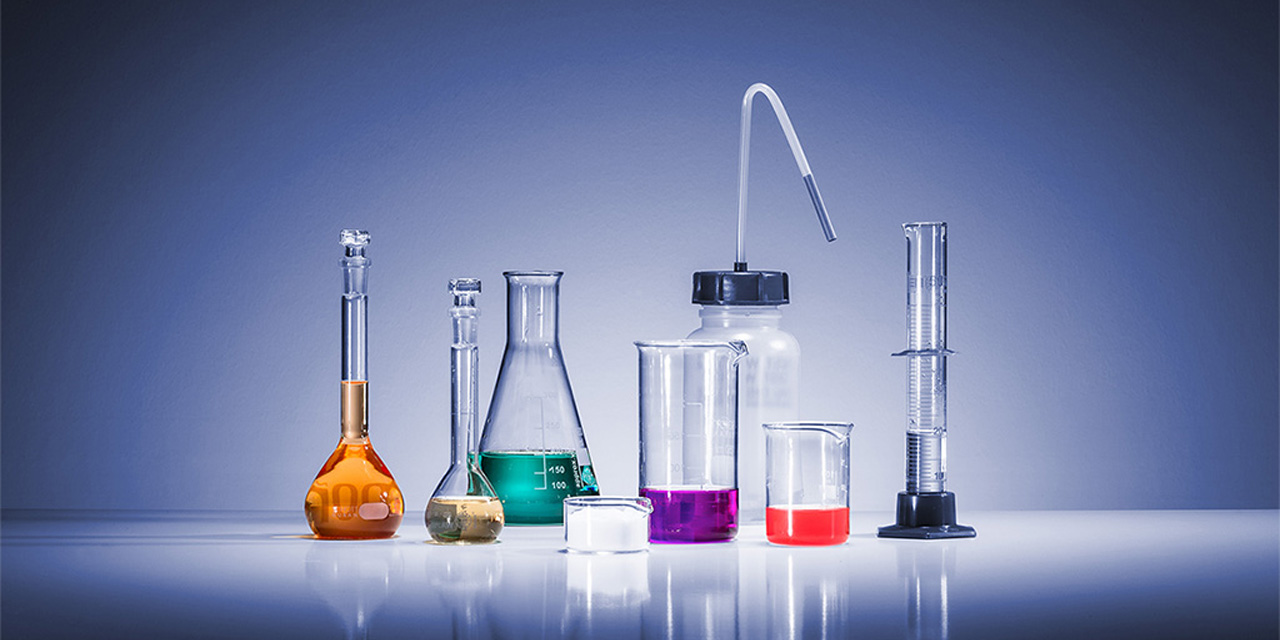
Solvents are VOC or Volatile Organic Compounds that offer the property to suspend, dissolve, or change the physical properties of all other materials in paint. It can be petroleum ether, xylene, or toluene. They reduce the viscosity of paints to a certain level which also minimizes the cost to form paints. They include 70-75% of the paint liquid and eventually escape to the atmosphere once the fluid dries. The solvents like alcohols and ethylene glycols find uses like co-solvents in the water-borne formulations.
- Other raw materials
Filler or pigment extender is another raw material that reduces the paint cost and manages the viscosity of paints. Examples are talc, clay, calcium carbonate, and gypsum.
Other paint raw materials include driers like Zinc, Lead, Cobalt, Zirconium, Calcium, Manganese, and Barium. They augment the drying of paints. Dryers can also trigger the hardening and oxidation of the vehicle.
Anti-skinning agents also act as the other significant paint raw materials. You add them to the paints to avoid solidifying the paint surface while storing them.
Anti-settling agents are yet other raw materials that enhance the dispersion efficiency of the pigments to the binders and avoid the pigment settling while storing it.
Plasticizers are versatile kinds of oils or chlorinated paraffin, or phthalate esters. To scale the elasticity of the paint films and reduce the cracking tendency of paint films, plasticizers are helpful.
To offer particular properties to serve the specific paint application, raw materials like wetting agents, Dispersants, fire retarding, anti-foaming agents, and anti-floating agents are used.
To expand the durability of water-based paints, paint companies use preservatives. Washing and cleaning in between every batch of paint, solvents, and water-alkali can help. Antiseptics and detergents aid the Floor cleaning purposes.
Additives contribute to the paints with improvement in performance through various methods. A small proportion of additives can offer applications like fungicides, antifreeze properties, skinning inhibitors, wetting agents, driers, pigment stability enhancers, etc.
Other additives improve properties like pigment dispersion, stability, matte property, opacity, etc.
Also Read: What is Linoleic Acid: All You Need To Know
Paint Manufacturing process
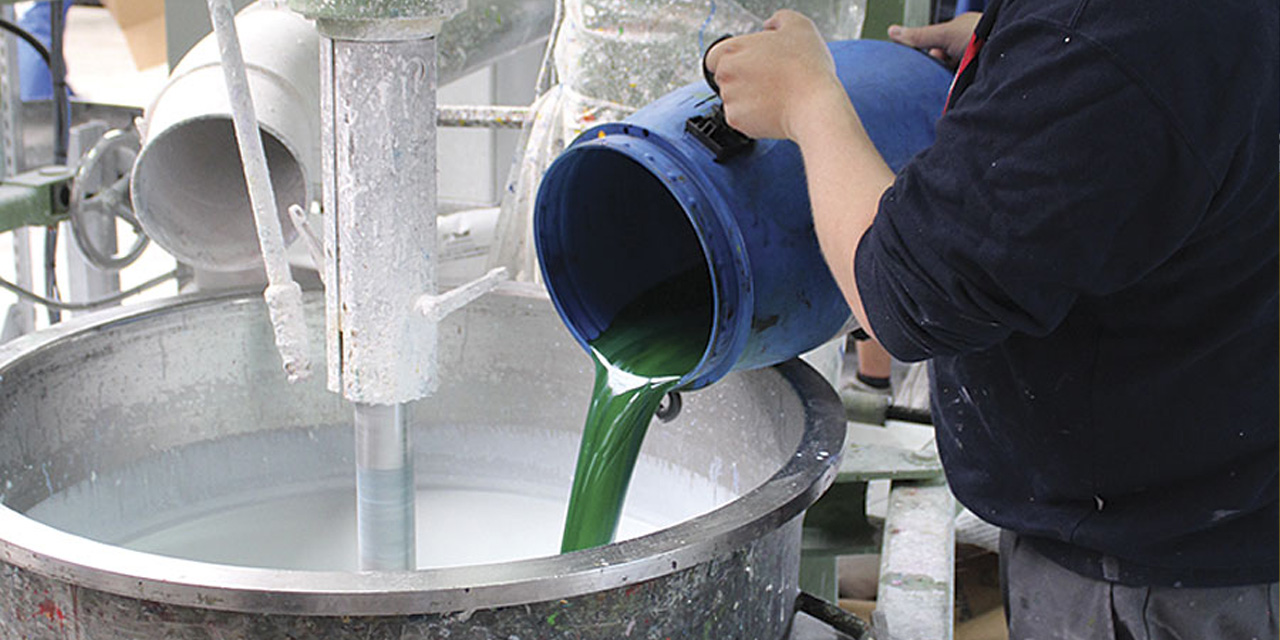
Manufacturing paints involve the following steps:
Step1: Making the Paste
The pigment manufacturers transport bags with fine-grain pigments to the paint plants. The pigment is then premixed using resin, solvents, and additives to form the paste.
Step 2: Dispersing the paint pigment
The paint paste mixture is then routed to the sand mill, which is a big cylinder. Here the mixture agitates the small sand particles or silica to further grind the pigment particles to make them smaller. You then disperse and filter the mixture to eliminate sand particles.
Step 3: High-speed agitation
You can also process 90% water-based latex paints using a high-speed tank for dispersion. The circular toothed blade connected to a rotating shaft blends the pigment close to the solvent.
Step 4: Thinning the paste
Regardless of using a dispersion tank or a sand mill, the paste can be thinned to create the final product. Agitation using an appropriate amount of solvent takes place in large kettles to get the desired type of paint.
Step 5: Canning the paint
The final paint product is further pumped to the canning room. To pump the paint to the empty cans, it lets the can horizontally roll to the labels and further set upright. A machine holds lids to the filled cans, while the other machine seals the lids with pressure. Along the wire that coils connect to it, the handles are shaped before they are hooked to holes cut inside the cans. Then boxing and stacking of the cans occur before they move to the warehouse.
Also Read: What is Monobasic Acid: All You Need To Know
Why do paint companies rely on Paint Raw Material Suppliers in Delhi?
For paints, the supply of raw materials runs short frequently, with huge inventory costs. The raw material shortages would result in major manufacturing problems. A major fraction of the entire raw materials utilized in the industry is imported. Most paint businesses rely on paint raw material suppliers in Delhi since they don’t make the raw materials for themselves. Thus, the paint distributors in Delhi can support your business needs and provide the paint raw materials at a feasible budget promptly.
Wrap Up
The Indian Paint Industry has been flourishing with the paint companies focusing on manufacturing various types of paints. To serve various types of paints to businesses, say epoxy paints, matte paint, factory-made paint, etc. there are numerous paint raw material suppliers in Delhi. With industry expertise in serving various industries for 60+ years, Bansal Trading company focuses on the supply of paint raw materials and chemicals to the businesses. Let’s talk to explore more about the chemicals and raw materials we supply to various industries.
Also Read: Titanium Dioxide Uses and Description
BTC_WEB_ADMIN




